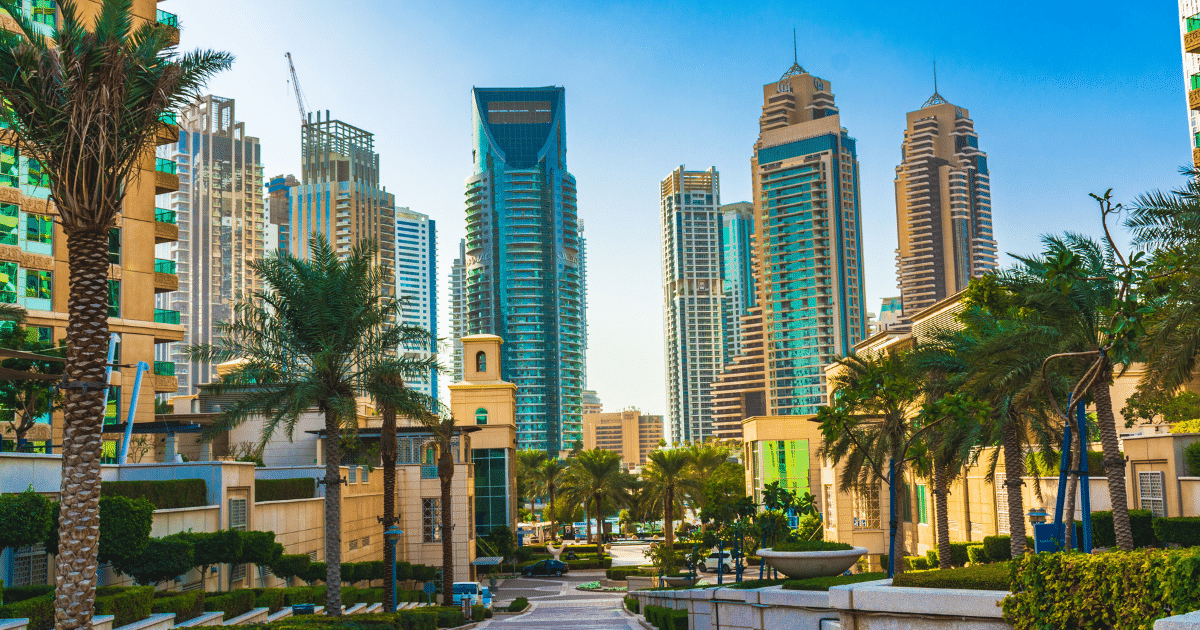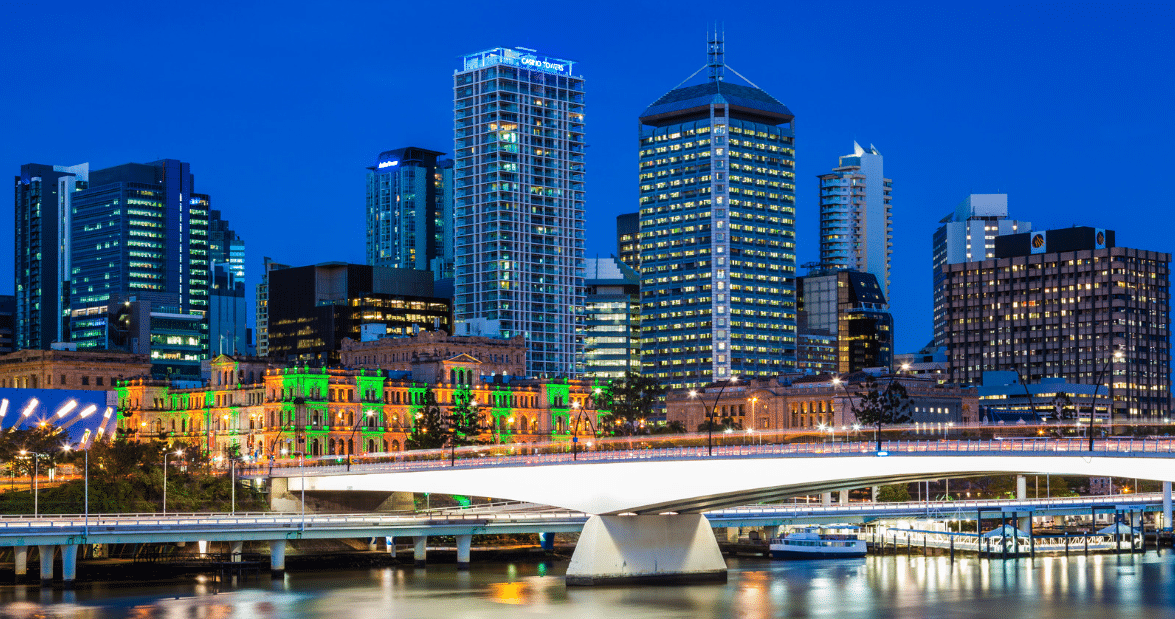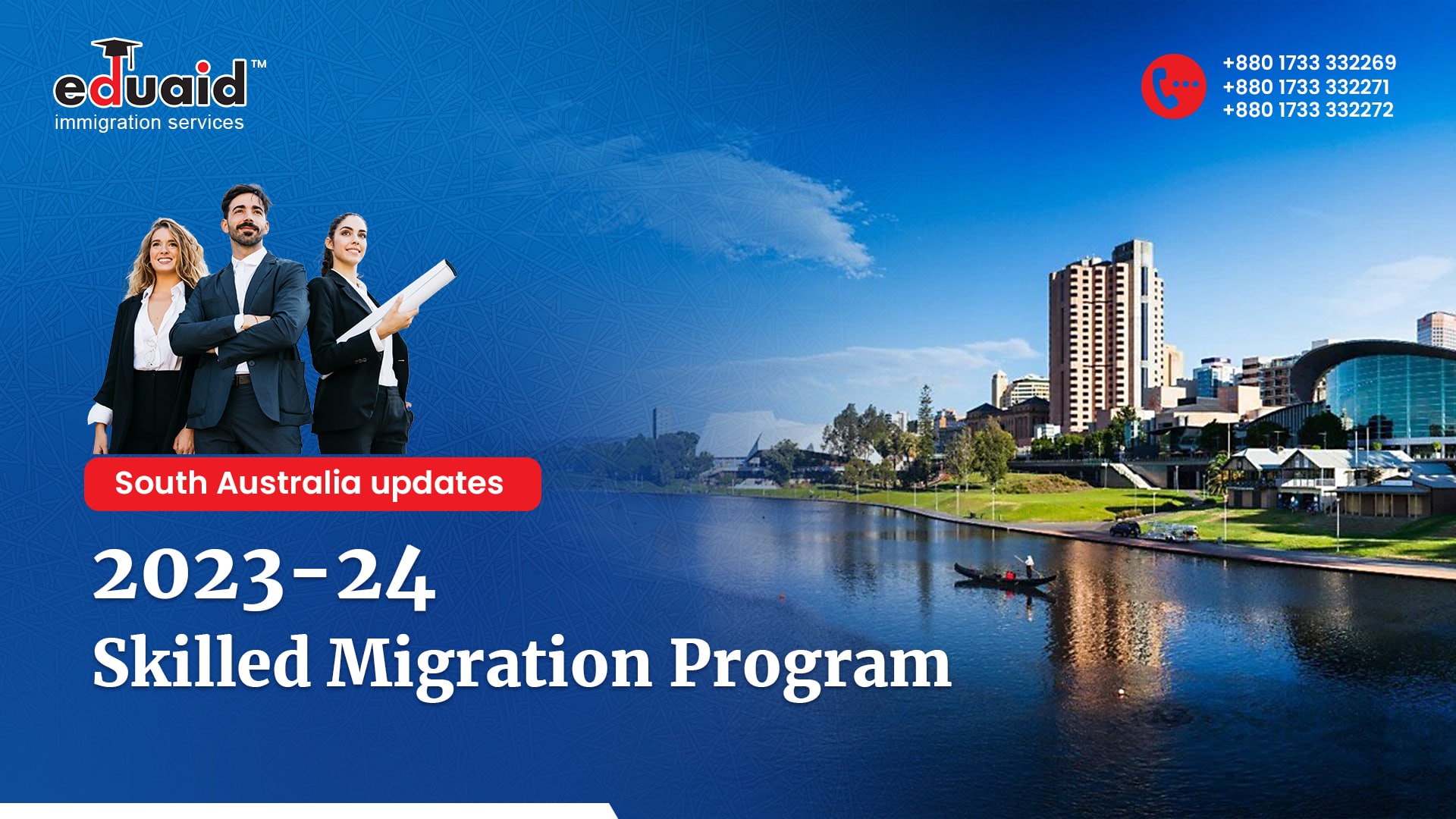New Zealand is currently facing a danger posed by a population crisis.
A large portion of New Zealand’s population consists of baby boomers, who have already entered the twilight of their careers.
Moreover, there has been a notable decline in fertility rates as an increasing number of women opt against having children – or choose to have only one child – especially during the pandemic.
As a result, the population paradigm of New Zealand has now shifted towards being dominated by the aged, and it is expected that soon, close to a quarter of the population will be over 65.
To steer the population demographic towards being more youth-oriented, New Zealand has turned to one of the most important elements of its population policy – immigration.
In the last few years, an influx of immigrants helped New Zealand’s population to grow at a comparatively faster pace than the slow-and-steady increase during the early 2000s.
Since 2012, the country has embarked on a period of significant net migration gains; the net migration of New Zealand has increased by up to 70,000 permanent migrants.
While the majority of the new arrivals were skilled workers, many arrived on business and study visas as well.
Now, with a need for fresh blood to be injected into the population and development projects going full-steam ahead, New Zealand is calling migrants to its shores.
The willingness and ability of New Zealand to adjust to a new demographic are vital, and opportunities for new arrivals are an added bonus, especially after the grinding halt in operations brought about by the pandemic.
With the country now benefitting from the skills and diversity of immigrants, it is set to be an even more enticing migration destination than before.
Skilled, business and student migration opportunities are just over the horizon, and the scene is set for immigrants to land in New Zealand and help steer their new home towards a younger and brighter future.






